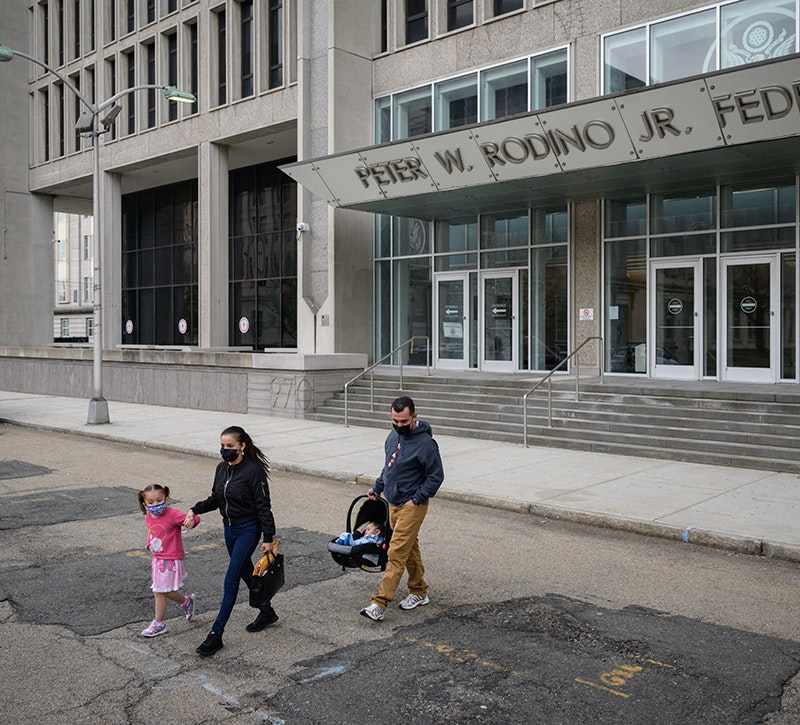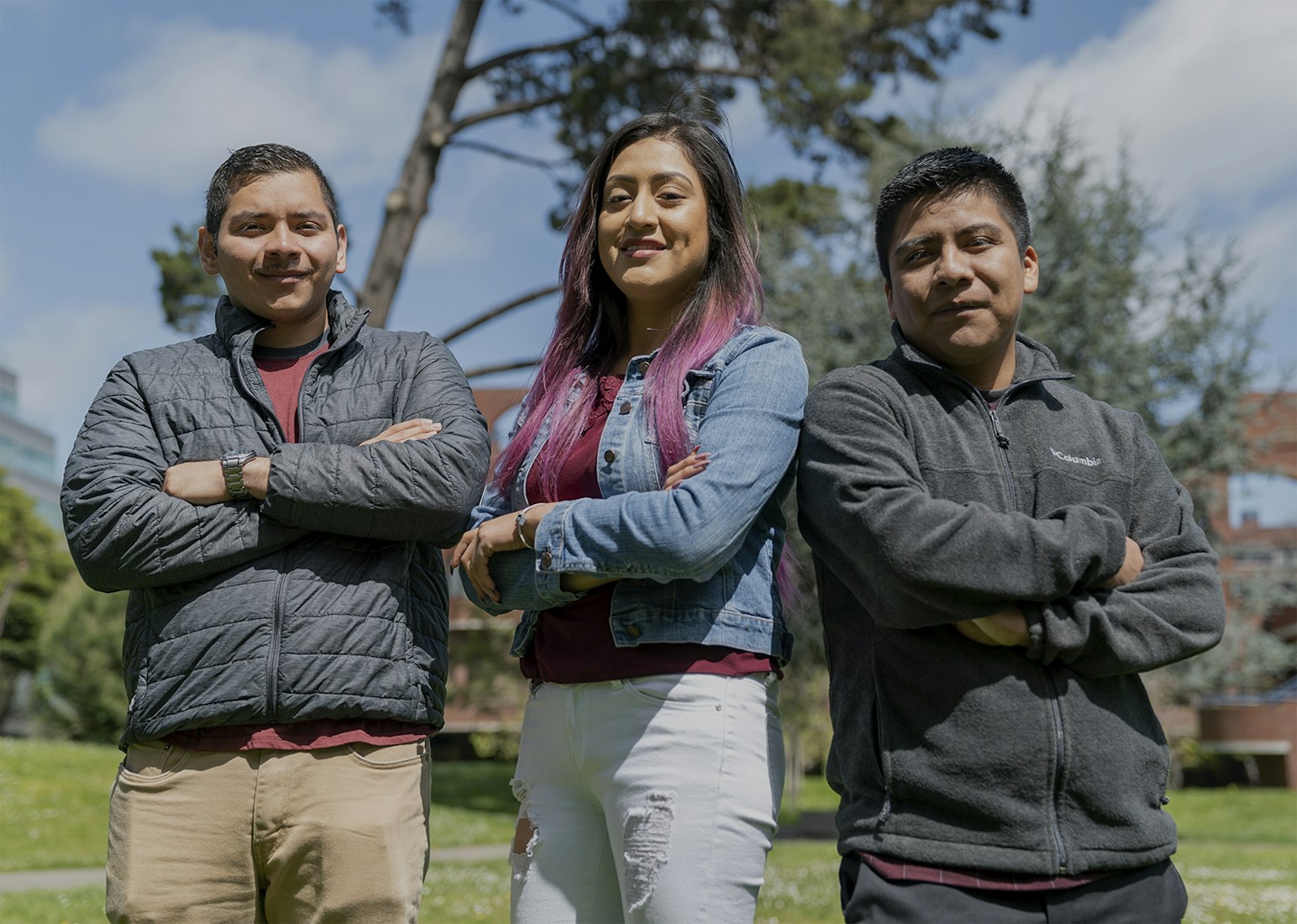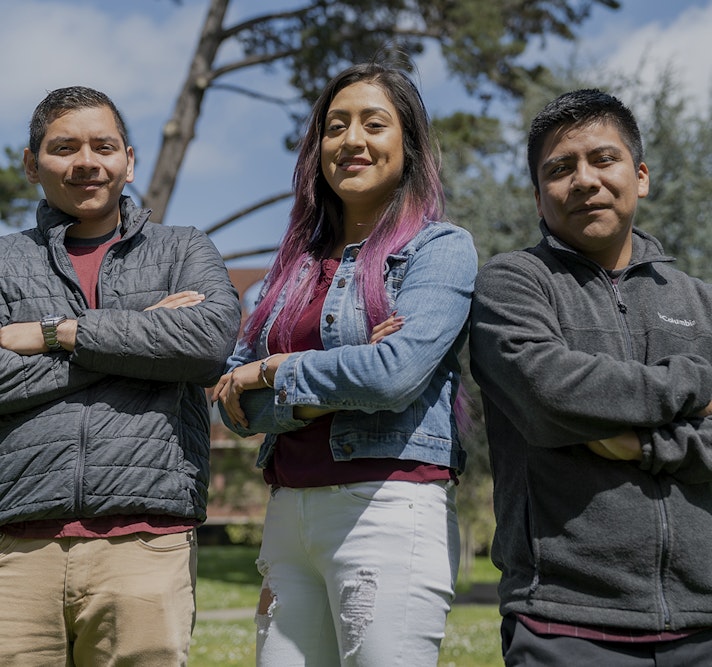“A massive component is missing from this conversation: the critical need to build legal pathways.”
The United States has a fundamentally failed approach to immigration, one without working legal immigration channels and a system that pushes people into cruel options that spur chaos.
With less than a month until the chaotic and cruel Title 42 policy ends on May 11, we are at an inflection point. The Biden administration should use its authority to take action to create a diverse set of legal immigration pathways, as well as work with Congress where needed to build a prosperous, secure, orderly, and humane approach to migration. In the ongoing debates over how the U.S. should seize the opportunities and meet challenges around migration and at the U.S.-Mexico border, a massive component is missing from this conversation: the critical need to build legal pathways – even though it’s the key to solving many of our border problems.
The American public supports immigration and pro-immigrant policies, but most Americans do not understand that there are in fact vanishingly few legal avenues for most people in the Western Hemisphere – and that what few pathways existed prior to the past few years were eviscerated by the Trump administration. Creating functioning legal pathways – for work, refuge, asylum, family-based immigration and more – is best for Americans here today, best for immigrants, and the single most important step to cut down on the very pressure and perception of chaos at the border that Americans say they want to see change.
The current system built so heavily upon deterrence and disqualification, and without real pathways, is the wrong approach. We’ve seen that when individuals and families are given the option of a legal and orderly channel, they consistently choose it over crossing without authorization. Overwhelming evidence proves that legal channels work to decrease chaos and improve order.
America is at its best when we welcome those in need of protection, and those who want to come to our country to work, study, or be reunited with their families – regardless of where they’re born, their religion, or their race. There is an incredible opportunity to seize. That means building real working legal immigration avenues, a refugee system for the Western Hemisphere, safe and robust in-country processing, avenues so that people can come temporarily to work or for longer-term employment, and clearing backlogs so that people can reunite with family members who are U.S. citizens or residents, all while protecting the flow of cross border commerce and border communities with family ties across multiple countries.
While actually creating legal pathways is the most important thing this administration can and must do, it alone will not solve all of the immigration issues our country faces. But without this step, there will be only bad options. This memo lays out the problems with this fundamentally failed approach and the proposed solutions.






